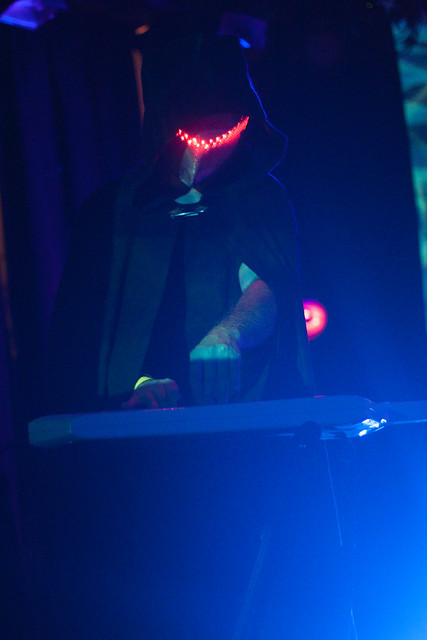Interestingly, Ishibashi’s recently released, third album Sonderlust was produced by Grizzly Bear‘s Chris Taylor and co-engineered by Pat Dillet, who has worked with Angelique Kidjo and David Byrne, and drummer Matt Chamberlain, who has been a member of Morrissey‘s and Fiona Apple’s backing band and a member of Montreal, and the album finds Ishibashi expanding and playing with the sound that won him acclaim across the blogosphere — thanks largely in part to the fact that the album’s material didn’t come about immediately or through his usual creative process. “As I sat down to write songs last summer, I went to all my usual conduits of creation: violin loops, guitar, piano and I came up with the musical equivalent of fumes,” Ishibashi explained in press notes. “I tried to create orchestral pop recordings that I assume were my forte, and in turn, I found myself standing in front of a creative wall of frightening heights.” This period of creative uncertainly, along with significant changes in his personal life, led him experiment with a new musical direction. “I questioned everything about what it means to love and desire…the difference between loving someone and being in love,” Ishibashi says.
The album’s first single “Say Yeah” has Ishibashi pairing twinkling and shimmering synths, lush string and wind arrangements, propulsive drum programming, an incredibly infectious hook and the renowned violinist, vocalist and producer’s tender and aching falsetto in a swooning yet dance-floor friendly song that interestingly enough sounds as though it were indebted to disco and both electro pop — all while still possessing a swooning Romanticism. Lyrically, the song can be seen as a plaintive and urgent plea to a lover to try to make their relationship work, as a charmingly flirtatious come-on to an object of affection in which the narrator is trying to get his lover to finally just be with him — and in another way, as an admission of the sort of perceived (and sometimes real) wrongdoing and misunderstandings that can break up a relationship, and the continued desire to makeup and get it right, even if just for a little while.
The retro-futuristic and charmingly playful take video-game inspired video manages to capture the spirit and tone of the song as it follows a couple, who meets cute, fall desperately and madly in love, and through chance or fate, they’re separated with the male character going through a variety of obstacles to reunite with his love. Twice within the video a timer appears to remind the video’s central character of how much time is left for the song, and during two other points, the protagonist has instruments miraculously appear that he plays — as part of the game.
Like this:
Like Loading...


